From the moment they emerge from their eggshell and make their way from the beach to the ocean, sea turtles are in danger – from natural predators, yes, but also from threats of human making, which only humans can put to rights.
Help, however, is on the way. In 2008, conservationists Brad Nahill and Dr. Wallace J. Nichols founded the nonprofit organisation SEE Turtles, with the aim of aiding and protecting sea turtles, along with their natural habitats across the globe. Over the past 16 years, their initiatives have raised millions of dollars for a variety of turtle-related causes, from cleaning up ocean plastic to surveying nesting beaches, ending the illegal tortoiseshell trade and educating coastal communities about the importance of turtle conservation.
Here, we chat with Nahill about why saving the sea turtles is so crucial, and how anyone can get involved.
Let’s start with the fundamentals – why should people care about the conservation of sea turtles? (Beyond their obvious lovability!)
Yes, sea turtles are certainly lovable! But having healthy turtle populations has many benefits to oceans and beaches, as well as coastal communities. They are important predators for many species and help keep populations in control – particularly jellyfish, which are growing rapidly.
Hawksbill turtles focus on eating sea sponges, which can help coral reefs thrive as they compete for space. Beaches benefit from turtle nesting due to the nutrients left behind from nests, and their predators – including birds, crabs, fish and others – benefit from turtles laying lots of eggs over their lifetimes. In addition, turtle watching has become an important source of income for many coastal residents around the world, and many indigenous communities have important cultural ties to these animals.
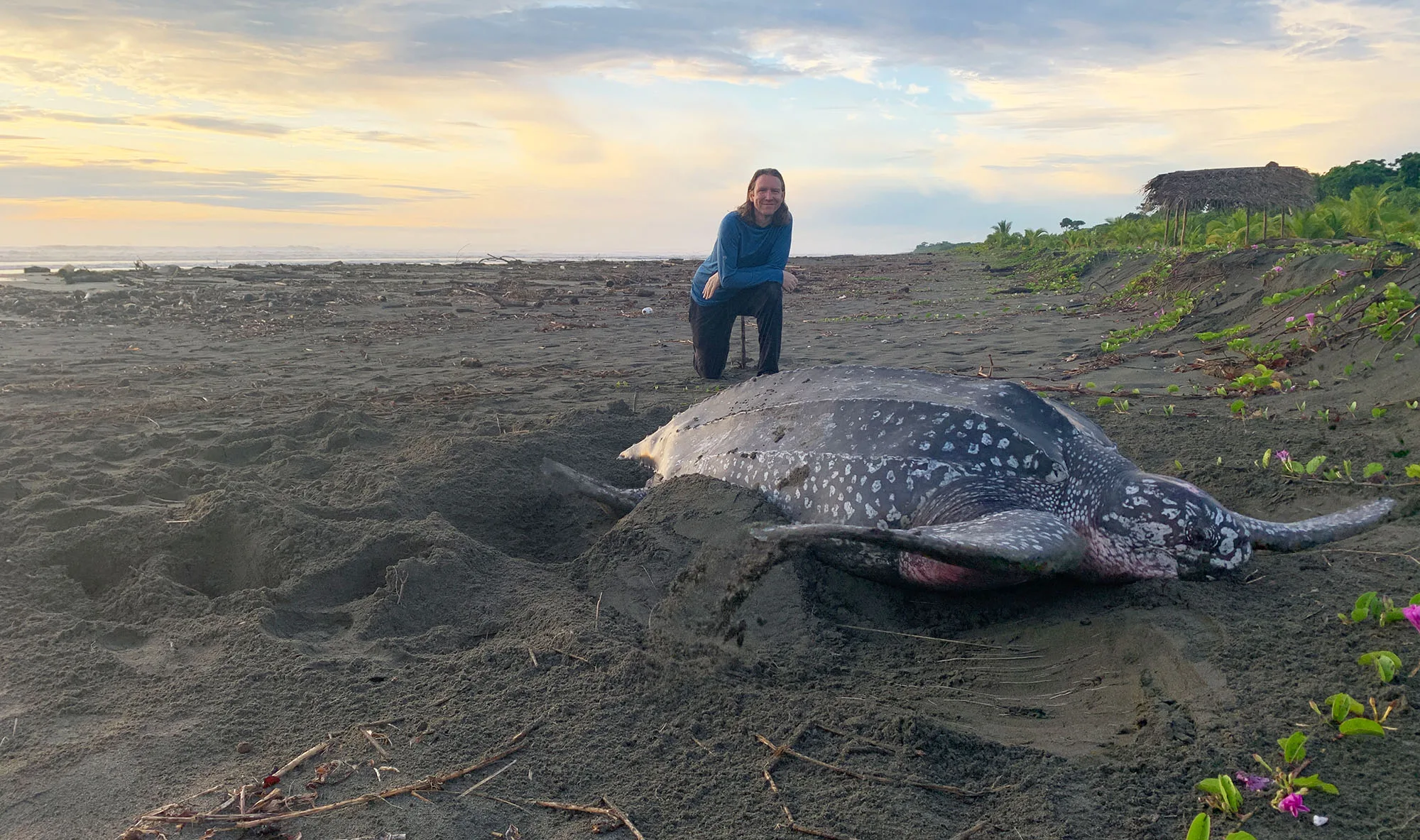
[Photo: Brad Nahill with a leatherback turtle in Soropta, Panama, courtesy Brad Nahill]
What are the biggest dangers of human making that sea turtles face along their lifespan?
Sea turtles are threatened by many human actions. In many places, people eat the turtles or their eggs, or turn their shells into a material, known as tortoiseshell, to make products. The good news is that this has decreased a lot over the past few decades, and in some places, the cultural use of turtles is no longer a major threat to their survival.
Sea turtles are also impacted by fishing, including getting caught accidentally in nets or on hooks, though there have been great strides there as well; in the US in particular, fewer turtles are caught now than in the past.
Plastic pollution, however, is a big and growing problem that affects sea turtles at every part of their life cycle, from hatchlings navigating polluted beaches to adults getting caught in plastic while migrating. Climate change is also a huge issue: warmer beaches lead to more female hatchlings, which can imbalance their populations, while rising sea levels and coral bleaching affects their habitats.
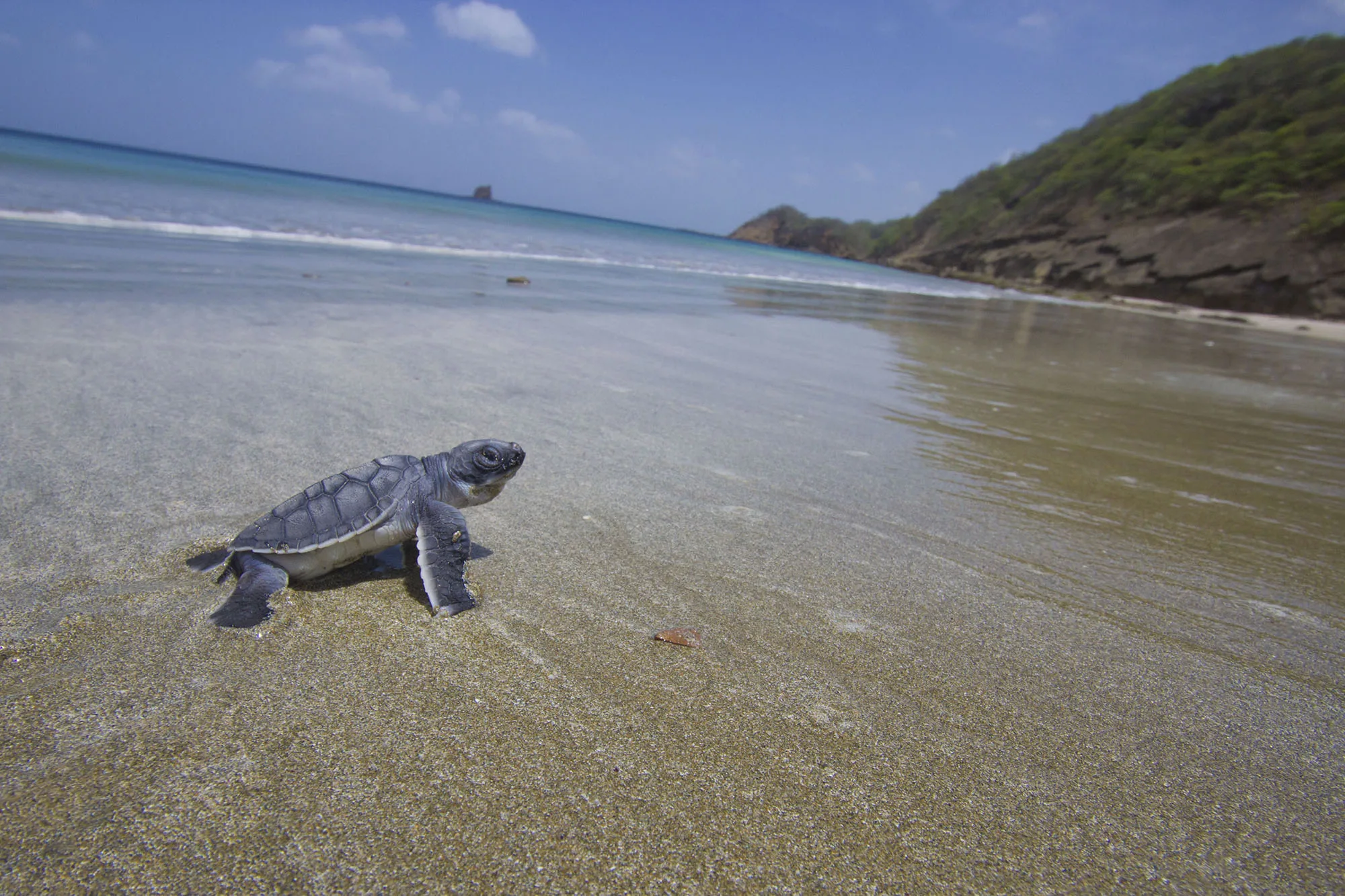
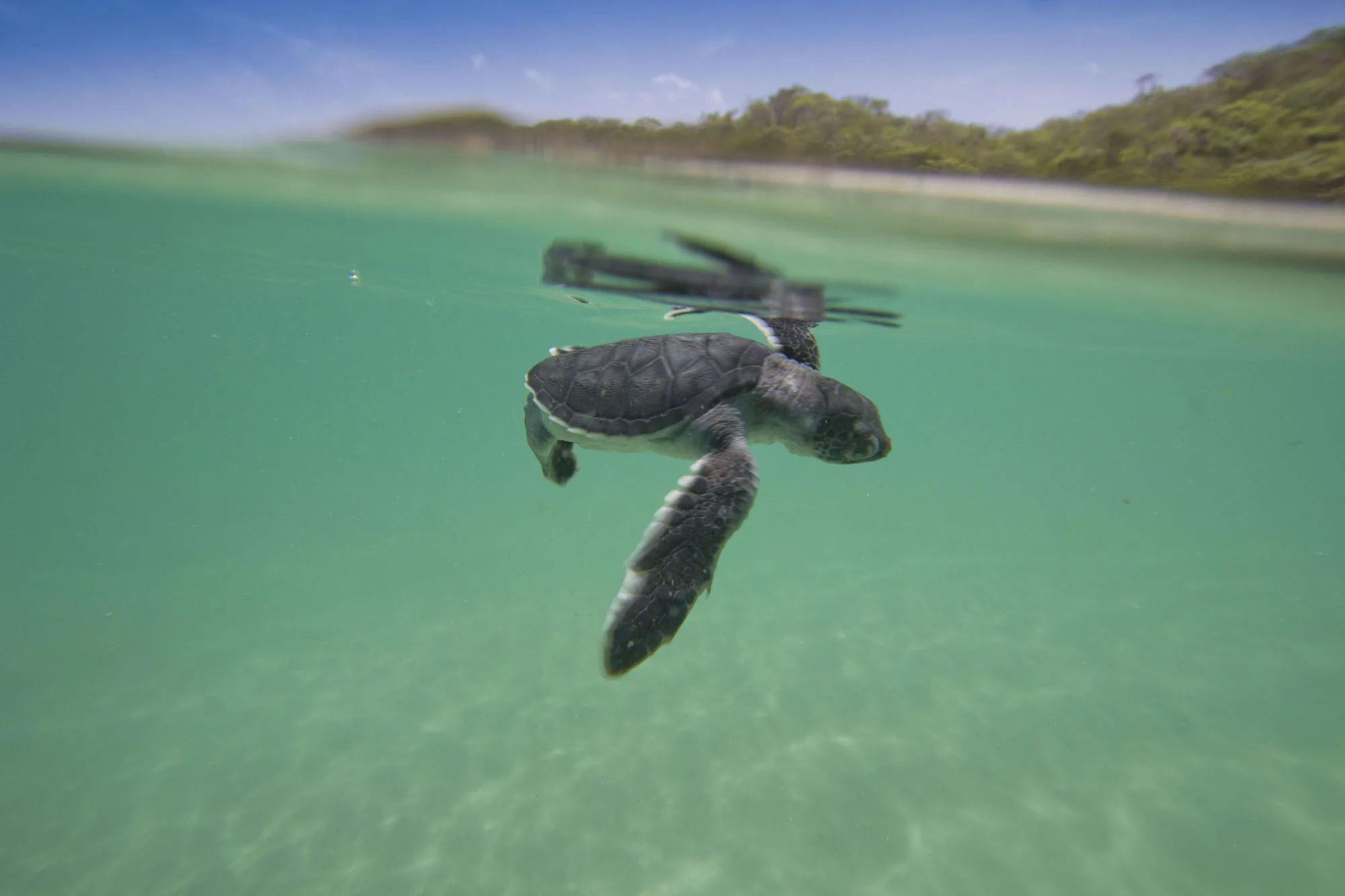
[Photos courtesy Hal Brindley at TravelForWildlife.com]
What made you, personally, choose turtle conservation as your life’s work?
I came to sea turtle conservation by accident – I didn’t grow up dreaming about working with these animals like our co-founder, Dr. Wallace J. Nichols. I wanted to get some experience in the conservation field after graduating college, and when I searched online for volunteer opportunities, most of what I found (that didn’t require a degree in biology) was sea turtle conservation projects in Costa Rica, which is where I ended up. There, I fell in love with these animals and was inspired by the local people working hard to protect them.
What ultimately led you and Nichols to launch SEE Turtles?
J. (as he preferred to be called) and I worked together at Ocean Conservancy back in 2008. When he joined the organisation, he told me that the fishermen he had spent decades working with in Baja California Sur, in Mexico, were interested in working in tourism and moving away from fishing practices that were impacting turtles. His idea was a project that would help coastal communities not located on the typical tourist route benefit from tourism – what we call “conservation travel.” With my background working with turtles and tour operators in Costa Rica, it was a perfect fit.
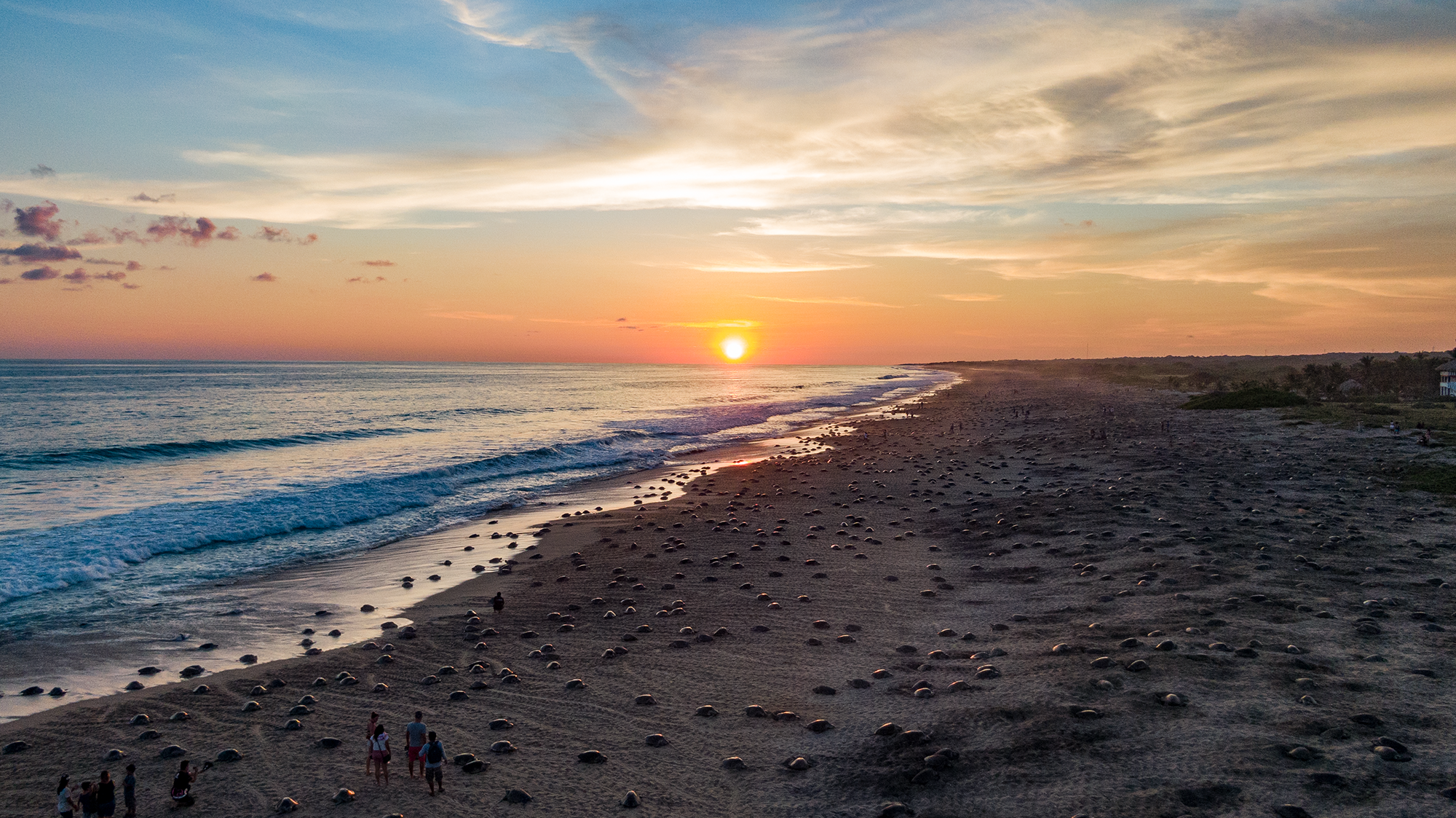
[Photo courtesy Gilby Alvarez @mazuntemagazine]
What are the greatest challenges you and the organisation have faced?
The greatest challenges we have faced are ones mostly out of our control. When we launched SEE Turtles in 2008, the Great Recession hit, which dramatically impacted the travel industry. We instead focussed on building our network in the tourism industry and conservation world, which served us well once the economy recovered.
By 2020, we had been steadily building the organisation and our trips for a decade, but when the pandemic hit, we were severely affected. All of our trips were cancelled for more than a year. Our response was to diversify our programmes and double down on our focus on coastal communities, launching new programmes to help residents remove plastic waste from turtle habitats and investing in training community leaders in the conservation field.
From cleaning up ocean plastic to campaigning against the turtle shell trade and supporting sea turtle awareness and education, SEE Turtles has launched a number of turtle conservation projects around the world. Is there any particular project that you consider most urgent, or which is closest to your heart?
All of our programmes are urgent, but I think the most impactful has been our Too Rare To Wear programme, which is working to end the illegal trade in products made from the shell of critically endangered hawksbill turtles. We launched the initiative after a visit to Nicaragua brought home how intense the trade remains in some locations, despite being outlawed decades ago.
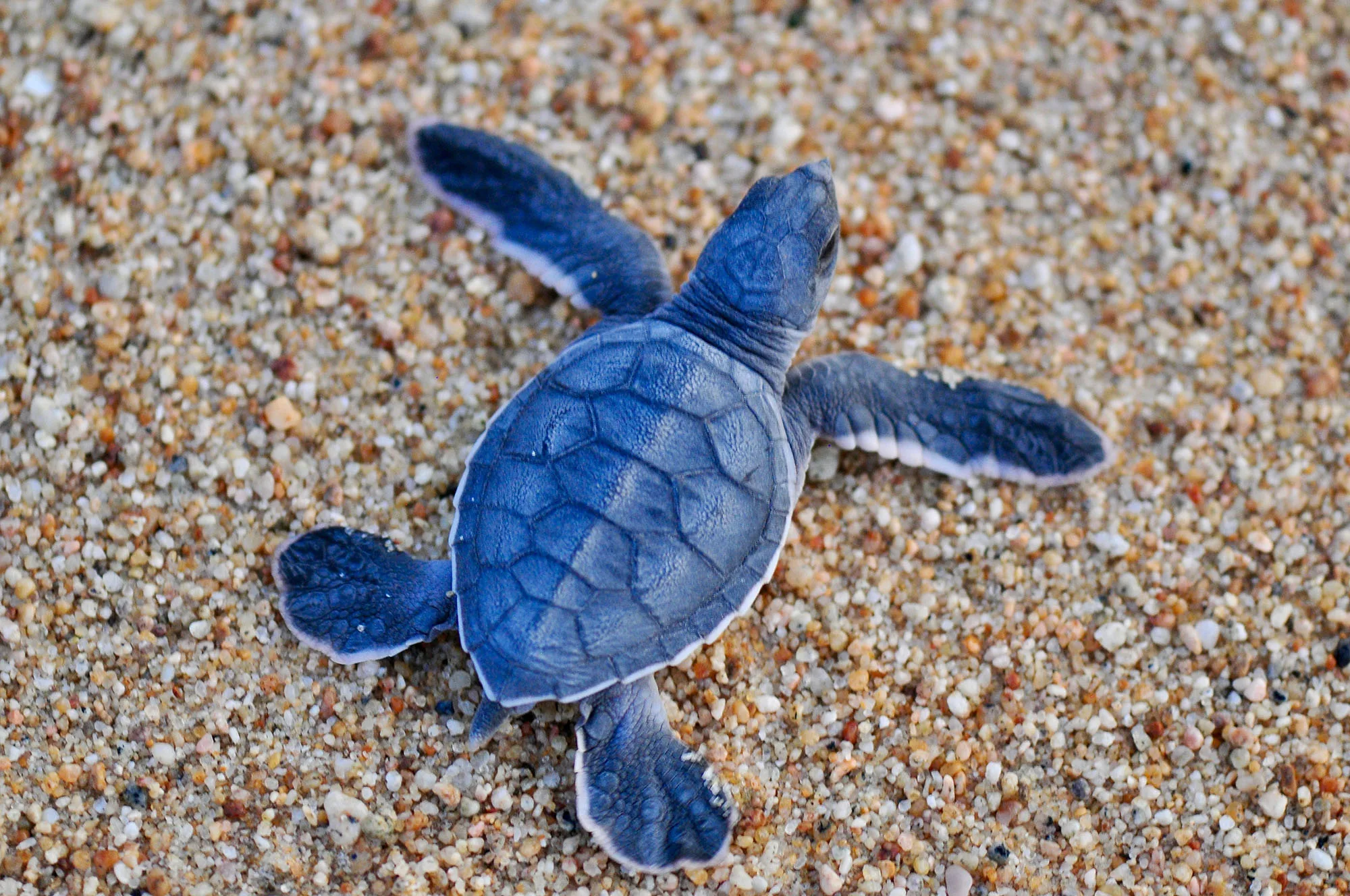
[Photo courtesy Brad Nahill]
Our support for local efforts have played a key role in reducing the trade dramatically in places like Colombia, where Fundacion Tortugas Del Mar have had great success. We’re also very excited about our SEE Shell phone app , which uses artificial intelligence to help travellers identify tortoiseshell products while travelling.
Can you explain a bit about your initiative Billion Baby Turtles, how it works and why it’s important to the overall mission of turtle conservation?
Sea turtle eggs are believed by some cultures to be a natural kind of aphrodisiac (though there’s no evidence to support that), and many communities have a black market for the eggs despite them being illegal to sell in a lot of places.
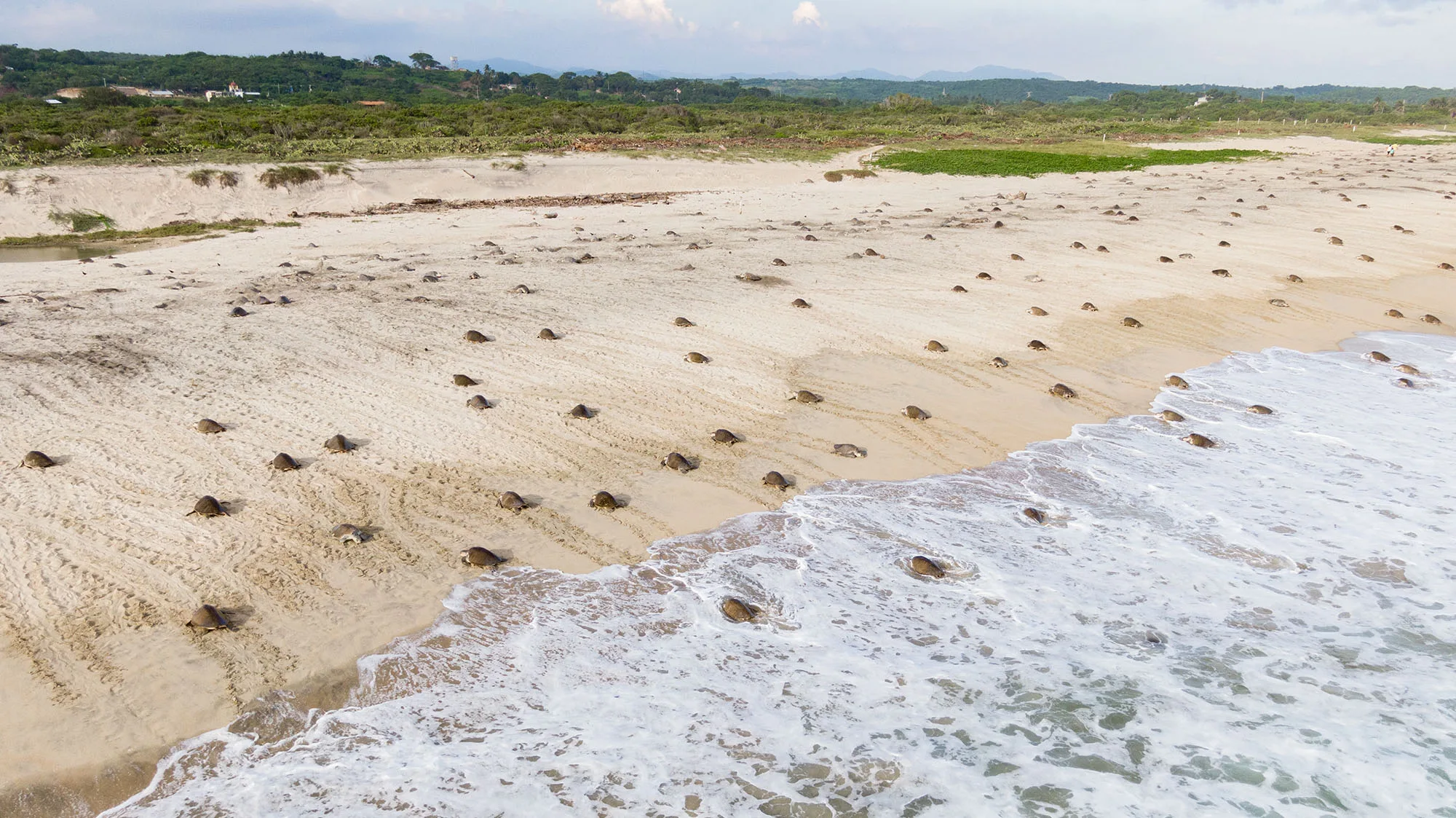
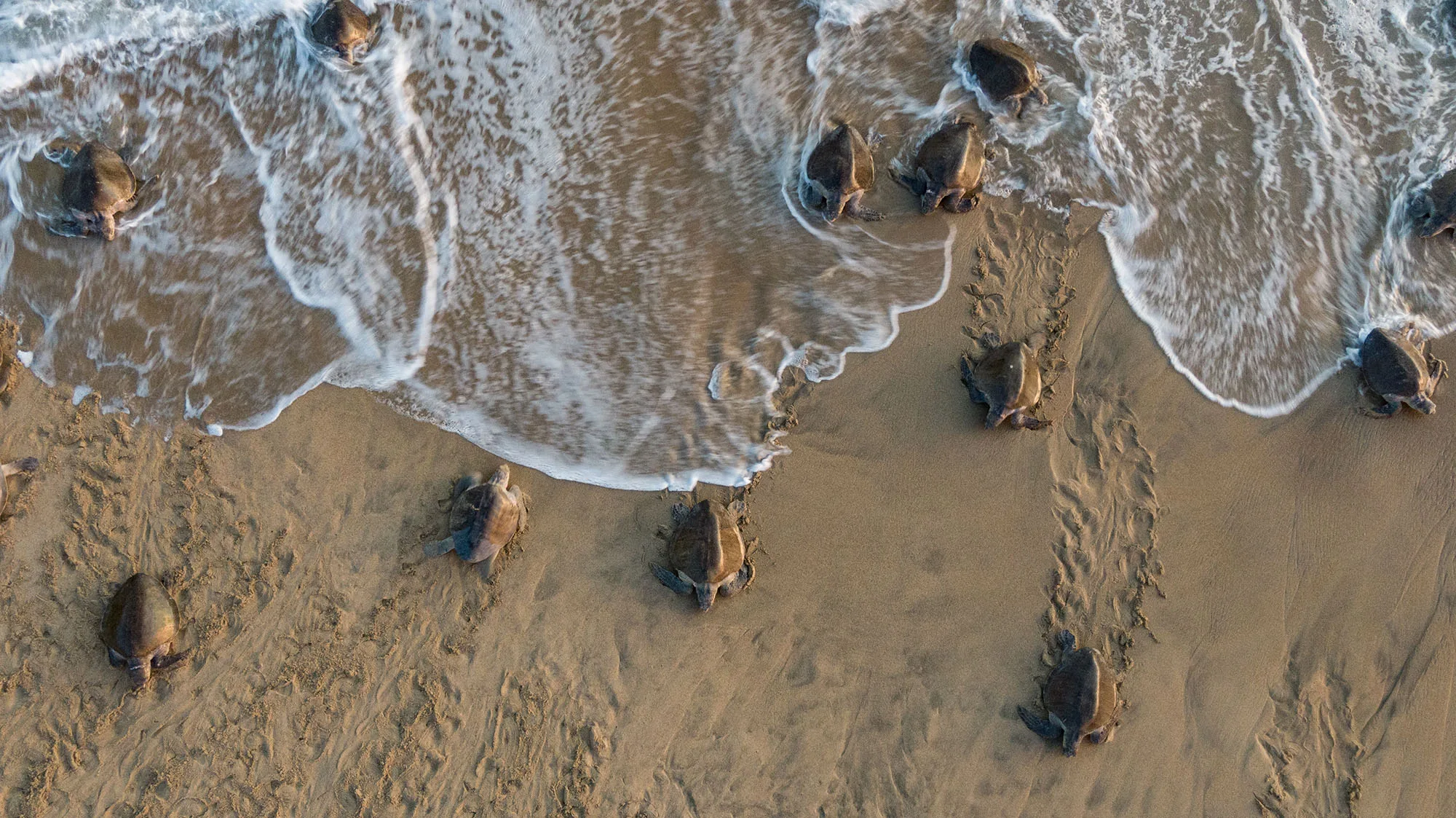
[Photos courtesy Gilby Alvarez @mazuntemagazine]
But there are also many communities working hard to protect the beaches where these turtles nest, so we started our Billion Baby Turtles programme to help protect these important beaches. We currently support more than 50 beaches worldwide and have saved more than 13 million baby turtles so far, with support from many people and businesses like Amex Essentials. These funds go to our local partners who hire residents to patrol nesting beaches and build hatcheries where nests can be protected, as well as for supplies.
You mentioned conservation tourism as a central activity for SEE Turtles, whose trips allow travellers to take an active role in studying and protecting sea turtles in destinations like Mexico, Panama, Costa Rica and Belize. Is there any particular destination, trip or volunteer programme that you particularly recommend?
I love all of our trips, but they each have things that make them special. On our Costa Rica and Panama trips, people get to work with my favourite species, leatherback turtles, which are by far the world’s biggest turtles (nearly 2 metres long on average), while staying in remote research stations. On both trips, people can work with both the “big mother” turtles and have the opportunity to release hatchlings as well.
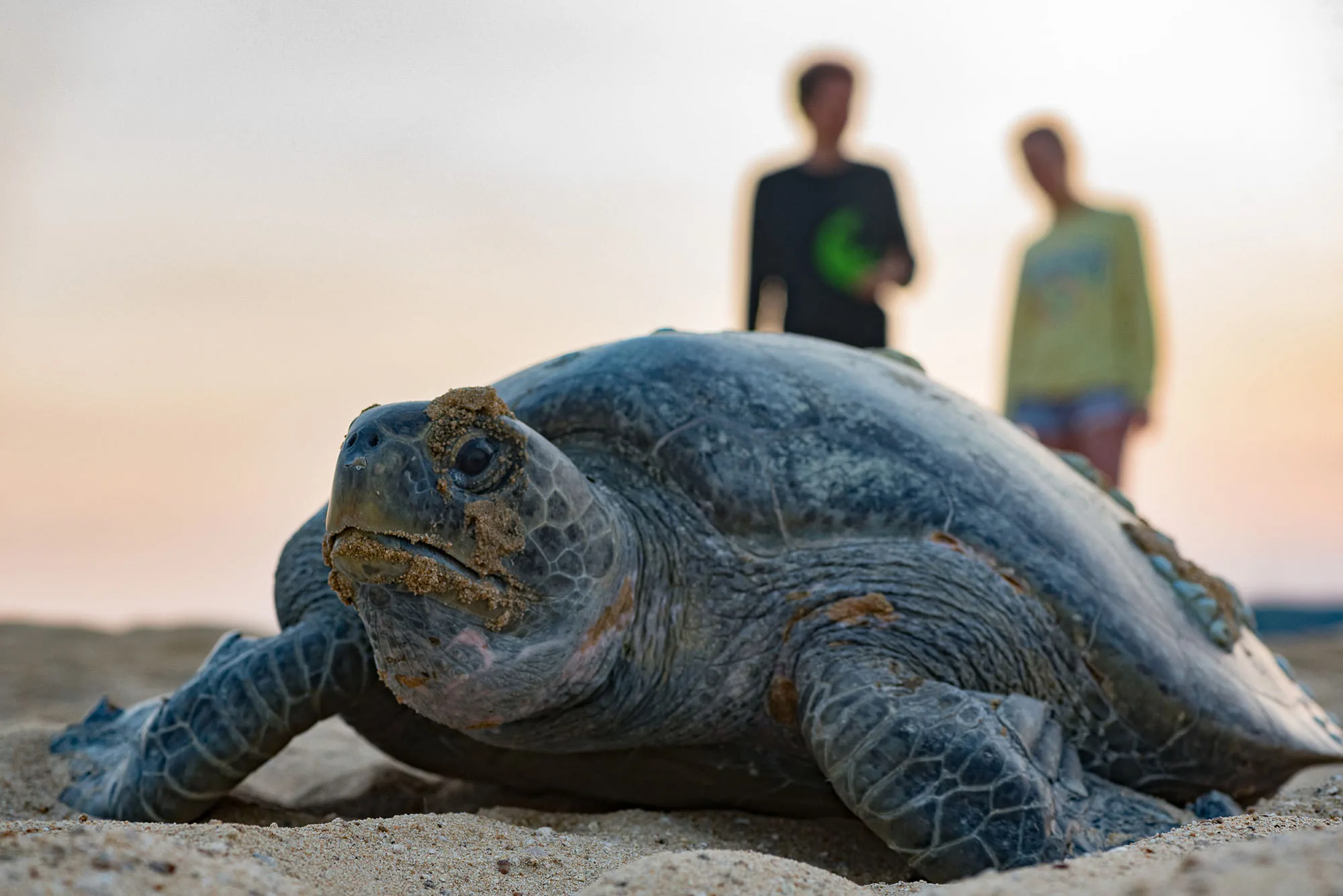
[Photo courtesy Juan Ma Gonzalez @juanma_contortrix]
On our Belize trip, people get an opportunity to see many different ocean species, including turtles, dolphins and manatees, as well as snorkel in beautiful reefs. I really love the cultural aspects of our Cuba and Oaxaca, Mexico trips – Havana is the most fascinating city I’ve ever visited, and Oaxaca has many fun activities.
We’re also really excited to be bringing back our Galapagos trip, which is more observation with nicer accommodations, but still impactful for conservation efforts.
For readers eager to join the cause wherever they are, how would you recommend they start?
We have lots of ways for people to get involved with sea turtle conservation. We’d love to have people join our unique conservation trips, of course, but readers can donate to support turtle conservation through our website, download our SEE Shell App, or follow us on social media @SEE Turtles (Facebook and Instagram) to learn more.
We also have a page on our website with 10 ways to help save sea turtles.
Find out more about SEE Turtles and their worldwide initiatives at seeturtles.org
[Image at top courtesy iStock/Wirestock]

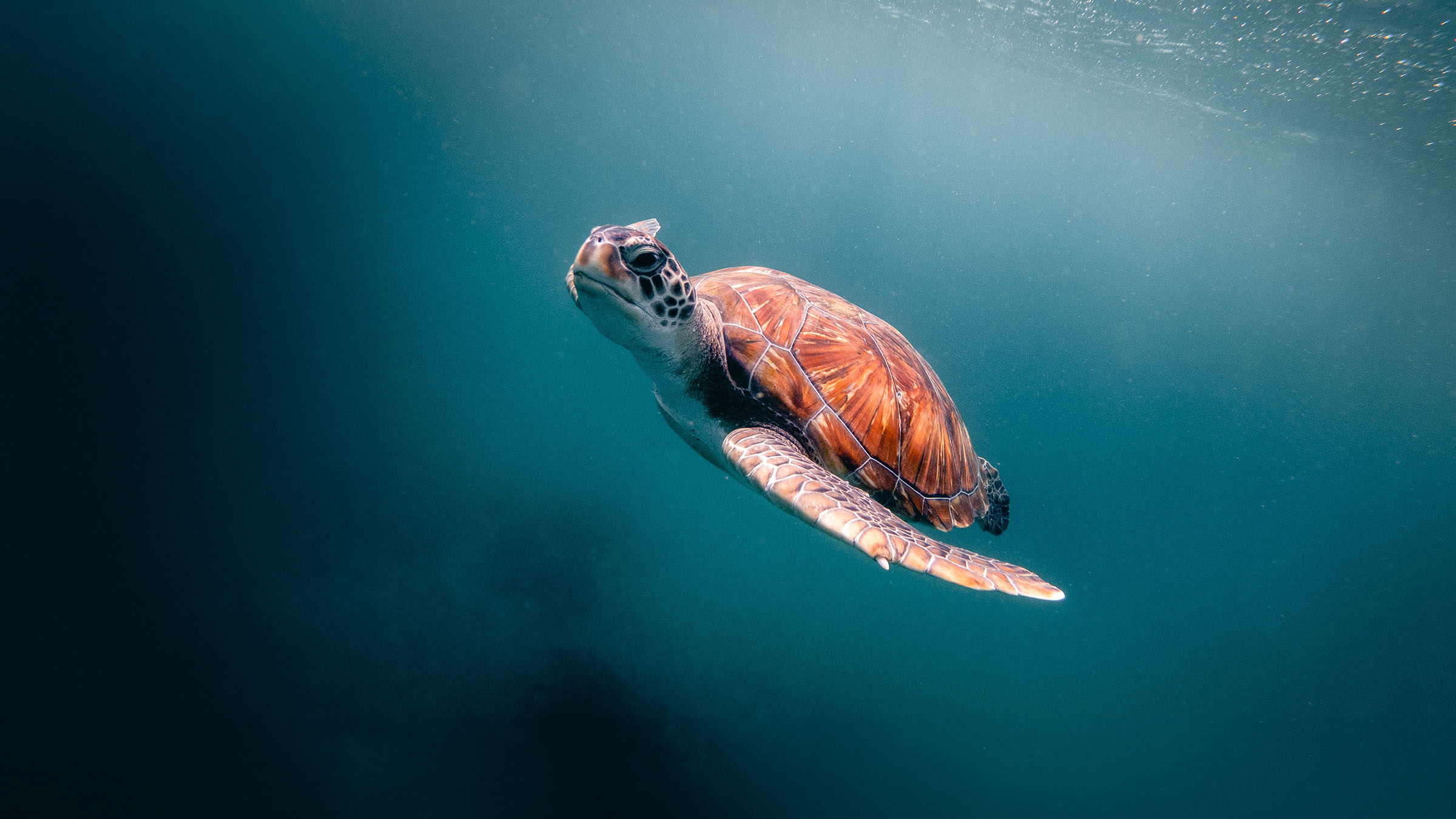
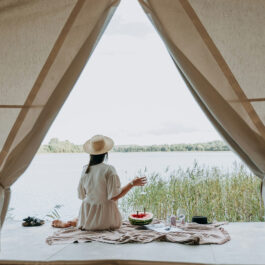


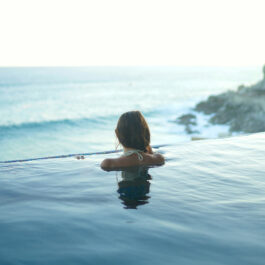
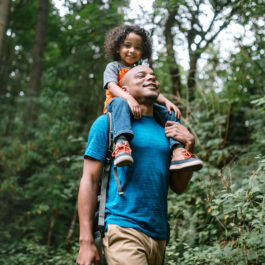



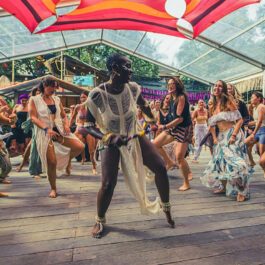



Sorry, the comment form is closed at this time.